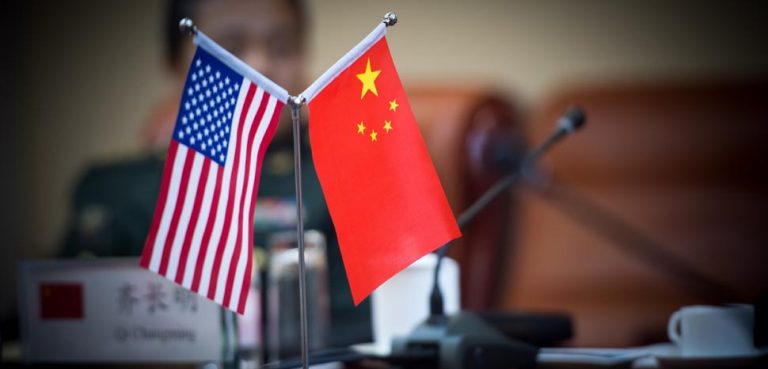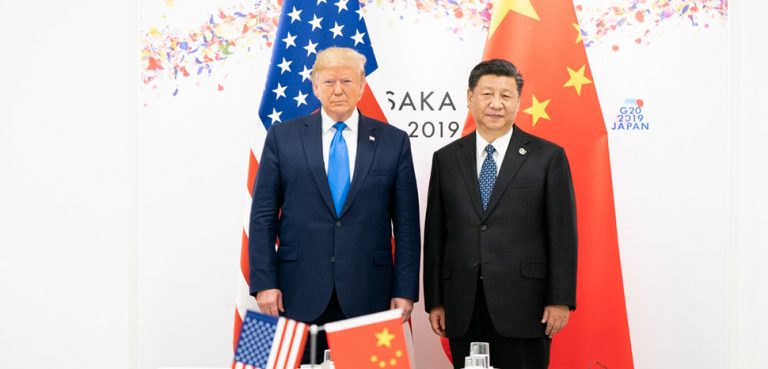Beyond its debilitating effect on businesses and equity markets across the globe, COVID-19’s economic impact has sparked debate on the future of globalized trade. Among the most frequently discussed consequences of COVID-19’s aftermath is the future of China’s dominance as a global manufacturing hub. As outlined in the Chinese Government’s “Made in China 2025” plan, the country’s motive in reorienting its industrial output toward higher value chain activities represents a shift toward economic self-sufficiency.
America’s reservations and, in some cases, outright objection to China’s growing involvement in sensitive areas such as telecommunications and robotics is best exhibited through the Trump administration’s hawkish policies. Efforts like the increase in tariffs, the US-led campaign against Huawei, and the expansion of the Committee on Foreign Investment in the United States (CFIUS) all serve as signals of a bifurcated global economy, pitting both powers against each other in a quest for economic supremacy.
Fears of such a scenario have only accelerated Beijing’s plans, as it seeks to independently fulfill its ambitions in emerging technologies such as artificial intelligence, aerospace & defense, and other sectors deemed critical to China’s technological prowess.
Yet China’s departure from low-cost manufacturing is not to be understood as a unilateral decision. Instead, Western leaders continue to pressure Multinational Corporations (MNCs) into redesigning their supply chains, shifting their overreliance on China in favor of repatriating manufacturing jobs to their home countries or selecting alternatives in the Asia Pacific (APAC).
With COVID-19 threatening to further impair the relationship between the West and China, the impetus to diversify suppliers and explore exit options has seldom been stronger, and even before the pandemic reached the United States. For example, President Donald Trump published a tweet seven months ago ordering US businesses to “start looking for an alternative to China.”
Such conditions present new opportunities for emerging markets in the APAC region to establish rival manufacturing bases for the China-weary. Of these options, India, Vietnam, and Myanmar possess the greatest opportunity to siphon off manufacturing activity from China.




